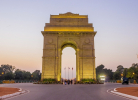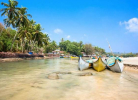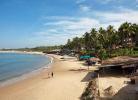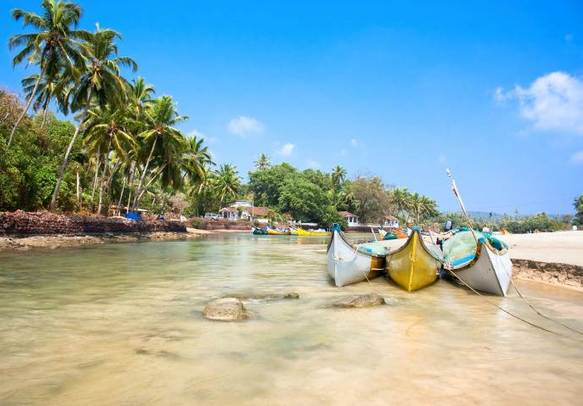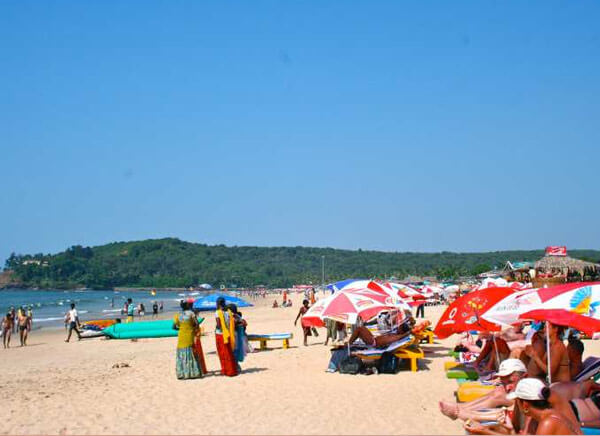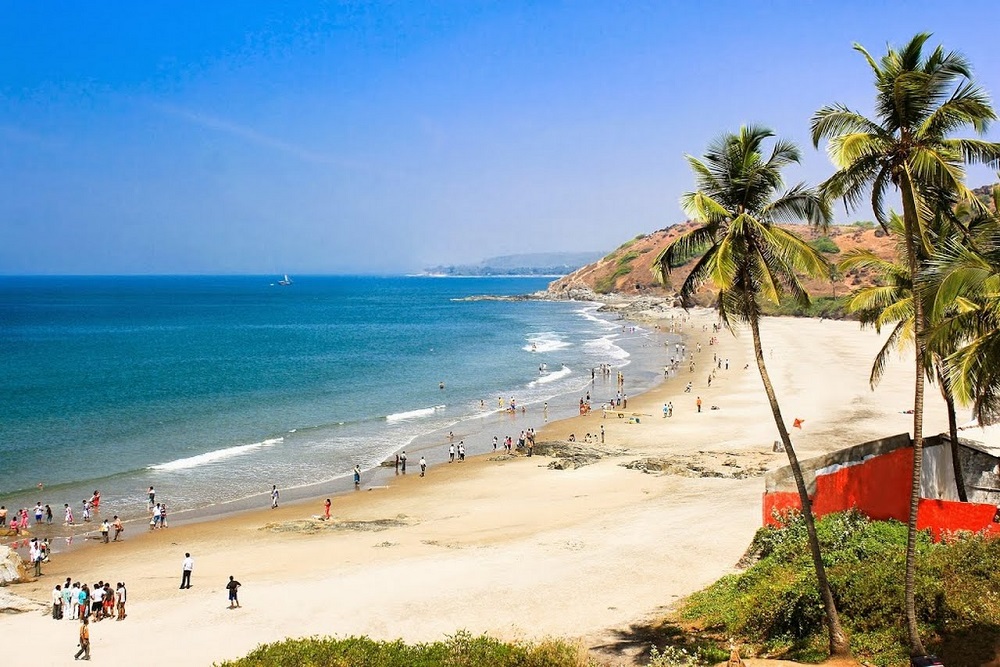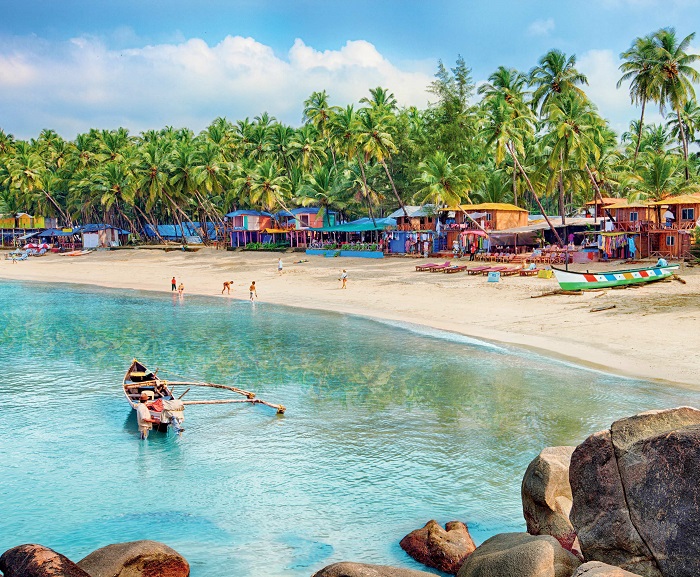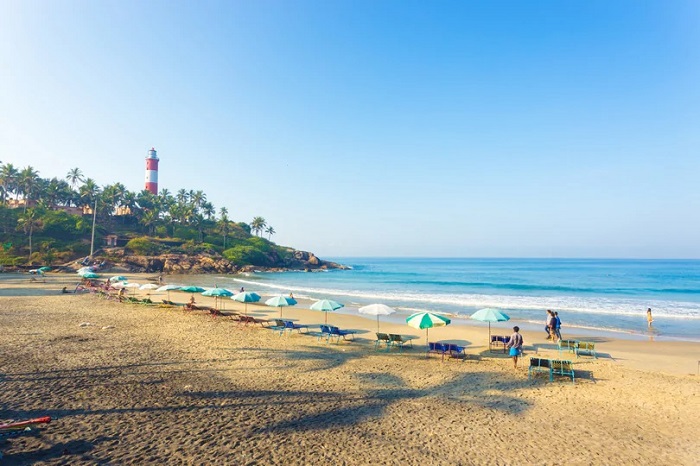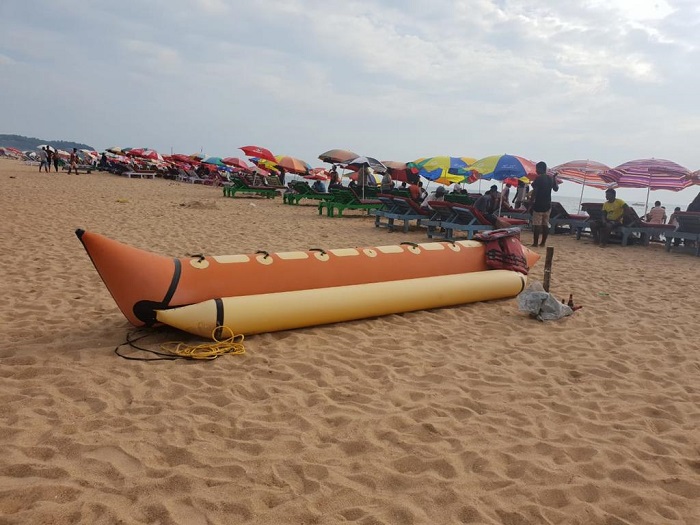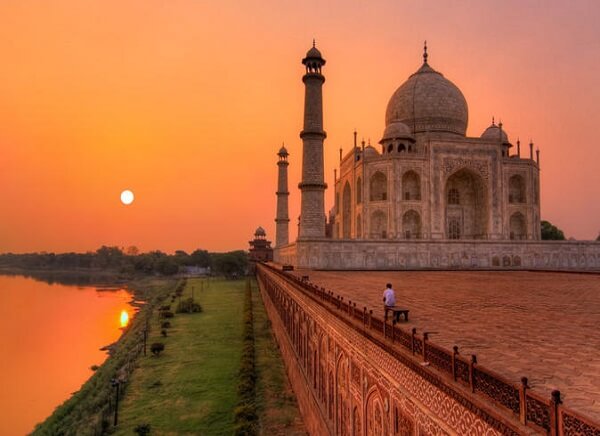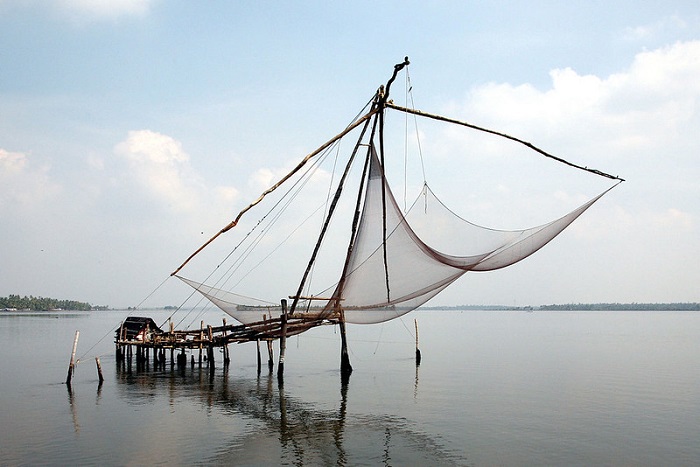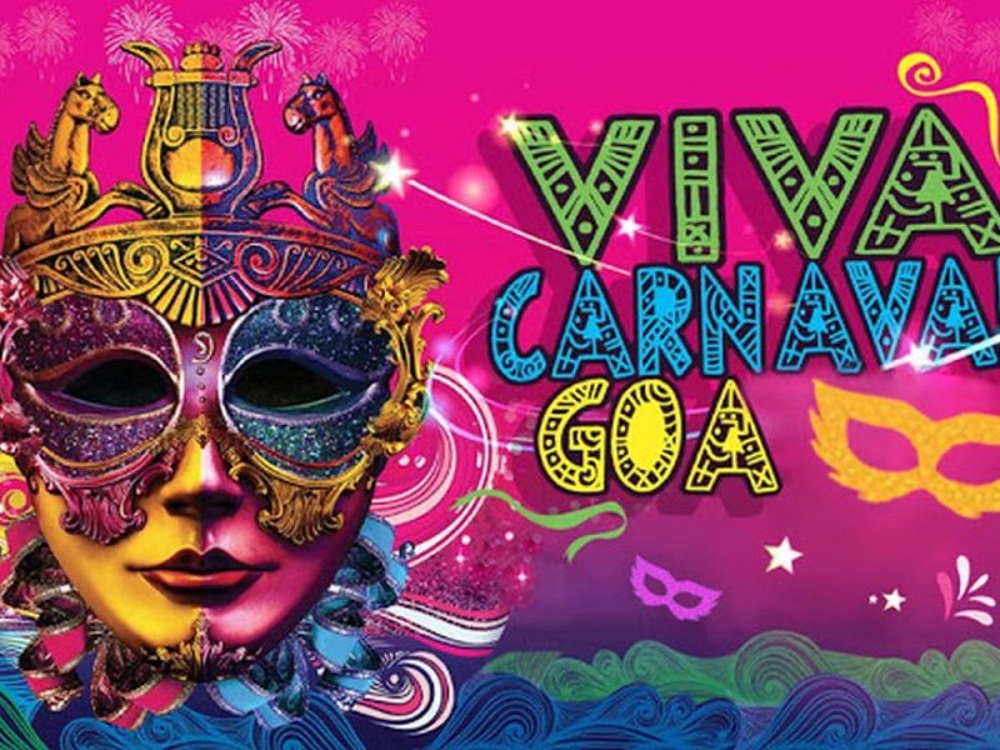10 Most Famous Temples in Goa
In a city like Goa, temples are the last thing a tourist might visit or even expect to be there in the state. However, if you look at the history of the country, before the Portuguese took over Goa, the land was the home to Konkani tribes and later the Maratha rulers. Most of the temples have been constructed around those times, with a bit of modern renovation, there are preserved to what we see today. Here are some of the most famous temples of Goa.
1. Sri Saptakoteshwar Temple
This is one of the most famous temples in Goa, where a lot of devotees pay their prayers to. The temple has a touch of Mughal architecture along with a mix of European designs for the temple hall. The festival of Gokulashtami is considered to be very important over here, and devotees from around the country visit the temple to attend the festival. The main deity over here is a form of Shiva, which is carved as an idol on stone.
2. Devaki Krishna Temple
This might perhaps be the only temple in the entire country where Devaki, the mother of Lord Krishna, is worshipped as the main deity. The temple is located in Marcela and has a beautiful construction that would mesmerize one. The temple has an idol of mother Devaki with baby Krishna in between her legs, and the idol showcases the love of a mother for her child more than a goddess or god.
3. Mahalakshmi Temple
The temple was initially built in the 15th century and is located near Ponda. The idol in this temple was made of original black granite, which was broken by the Portuguese during the eradication of Hinduism and other religions. The goddess that is currently worshiped is made of Pancholi, which is five metals combined together. The temple is beautifully designed and resembles the Mahalakshmi temple of Kolhapur.
4. Shanta Durga Temple
One of the best things about this temple is that the deity over here is worshipped not by the Hindus but also by the Christians around the region. The temple is dedicated to the goddess, who serves as a messenger between Shiva and Vishnu. During the 18th century, before the Portuguese invaded, the temple used to be a small mud hut with a small idol. Later it was destroyed but the Portuguese. However, the temple was reconstructed with beautiful stones and a large temple complex. The temple is also famous for its unique architecture, which has a touch of Indian and Portuguese designs.
5. Mahadeva Temple
The Mahadev temple is considered to be the oldest temple in Goa and is located in Tambdi Surla. Build-in the 12th century, the temple worships Lord Shiva. It is declared as a protected monument. It has a unique architecture with a pillared entrance hall and three stepped entrance to the idol. It is also made of basalt stone and is in the middle of a lush green area. The temple was hidden inside the jungle during the Portuguese invasion and Mughal invasion and thus survived. It is believed that there is a king cobra that resides in the main hall during the night.
6. Sri Bhagavathi Temple
While there are many Bhagavati temples around the state of Goa, the one located in Parshem in highly popular. The temple has a rich history of about 500 years. It has a unique architecture that gives you an idea about the architecture that existed during those times. The temple complex consists of five temples with the main one dedicated to Bhagawati. The temple festival of Kartika is very famous here, and many people from around the state come to offer prayers and services in the temple during that time. This is also one of the temples to have survived from the hands of Portuguese.
7. Maruthi Temple
The Maruthi temple in Panaji is located on a hillock names Altinho. The temple is dedicated to Lord Hanuman and has a story behind its construction. The temple is decorated with rice lights that are decorated at night, making it visible even from a distance. A lot of history buffs find the temple interesting for its way of construction.
8. Shri Nagesh Maharudra Temple
This is another temple that is dedicated to lord shiva. The idol over here is considered to be a swayambhu meaning that the idol was formed naturally, and the shrine was constructed around it. These are also the few temples that were untouched by the Portuguese during the eradication of Hinduism. There is also stone inscription from 1413 AD that can be seen in the temple.
9. Mangeshi Temple
Mangeshi temple is one of the largest temples in Goa and was found in the 16th century. The temple was first located in Saxty but was moved during the Christianization of the village. Later the temple was renovated by the Hindu kings of the area. It is a beautiful temple dedicated to Lord Manguesh, and a large number of poojas are performed daily.
10. Brahma Temple
The Brahma temple is also one of the oldest temples in Goa and is said to be from the 12h century. While its original location was in Carambolim, it was moved to the current location in the 16th century during the invasion. The surrounding area of this temple is called Brahma Karmali, meaning the home of Lord Brahma. The idol is intricately made from black granite, which is still preserved at the temple. During the freedom struggle in Goa, the temple was used to conduct many sessions by the members of the national congress.
Goa was once a hub of Hindu temples and rich beliefs and culture. The Portuguese entered the state for trade. They took over the country, completely destroying most of the temples and forceful conversion of people to Christianity. This can be seen clearly as most of the temples are visited by Christian families as well, who give their share of offering to the temple.



